Affiliate links on Android Authority may earn us a commission. Learn more.
Google Pixel 8a hands-on impressions: 5 things I like (and 3 things I don't!)
Published onMay 13, 2024
The Pixel A series has always been Google’s way of distilling the best of the Pixel experience into a budget phone, and the brand-new Pixel 8a is no exception. It’ll be compared, pretty fairly, to the regular Google Pixel 8 because the Big G has got itself into a bit of a bind when trying to differentiate the Pixel 8a from its vanilla flagship. However, as a standalone upgrade from the Pixel 7a, there are some things I really like about the Pixel 8a based on just a few days of testing it.


What I like about the Pixel 8a: Design
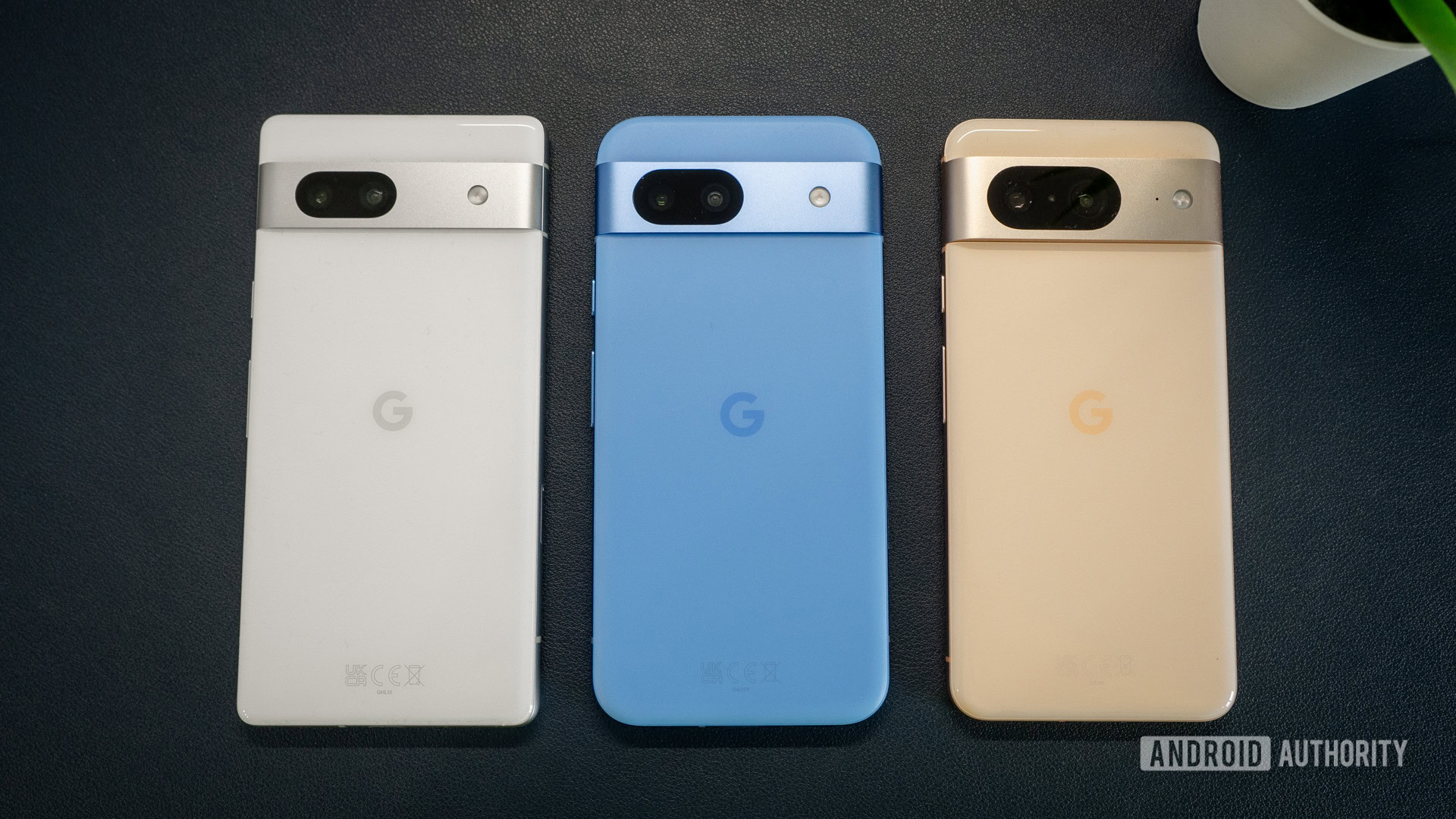
Let’s start with my favorite Pixel 8a upgrade: the design. The glossy back has finally gone! It’s still a plastic back, but we have this really nice feeling matte texture to it; it’s about as premium as plastic can feel. The Bay blue color Pixel 8a I have is way more blue than it is on the Pixel 8 series, which I really like.
Of course, this does look like the older brother of the Pixel 8, and at first glance, you might struggle to see the difference, but it is there. The Pixel 8a feels a little bit more rounded than the regular Pixel 8, which makes it comfortable to hold. It is a shame, though, that the bezels on the Pixel 8a are still so huge. Google says that they have shrunk from the Pixel 7a, but in reality, it’s only by a minuscule amount. When you first look at the phone, they are a bit of a glaring standout. Thankfully, you do get used to it, and you don’t really notice them once you start using the phone.
Display
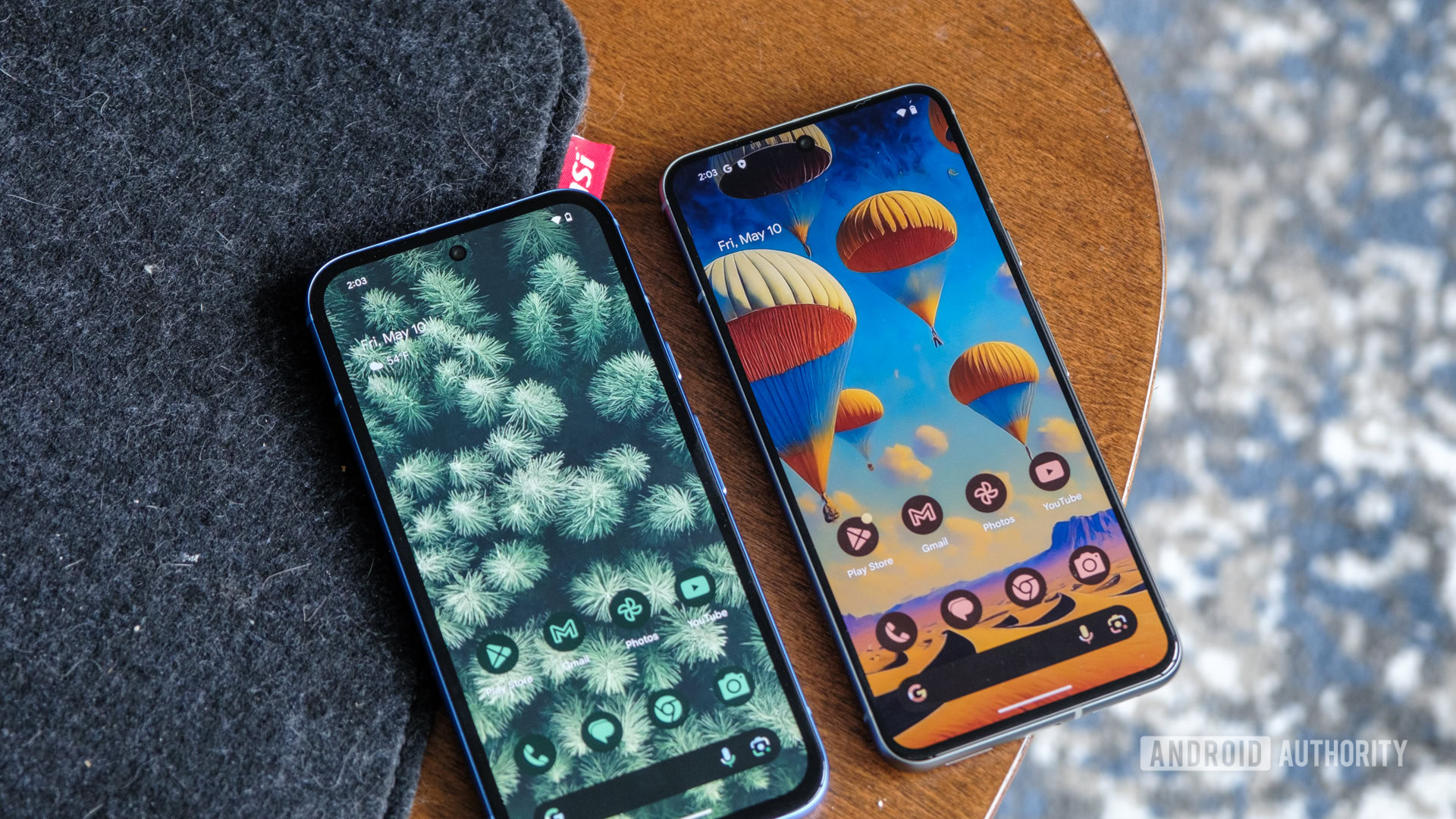
One area that Google has really spent time on improving is the Pixel 8a’s display. First of all, it now supports a 120Hz refresh rate (up from 90Hz on the Pixel 7a). It’s not as immediate of a leap as going from 60Hz to 90Hz, but the extra fluidity for animations looks good. It’s not an LTPO display, so the dynamic adjustments will only shift between 60Hz and 120Hz to preserve power (not as low as 1Hz on some flagships), but that’s fairly standard for a budget phone.
The other really nice change is the brightness. This now gets a new top peak screen brightness at 2,000 nits, which is 40% brighter than the Pixel 7a. Usually, this is something I wouldn’t notice living in the UK because it’s always grey and miserable, but actually, the past couple of days have been really bright, and I’ve been able to use the Pixel 8a in direct sunlight without any issue.
Battery life
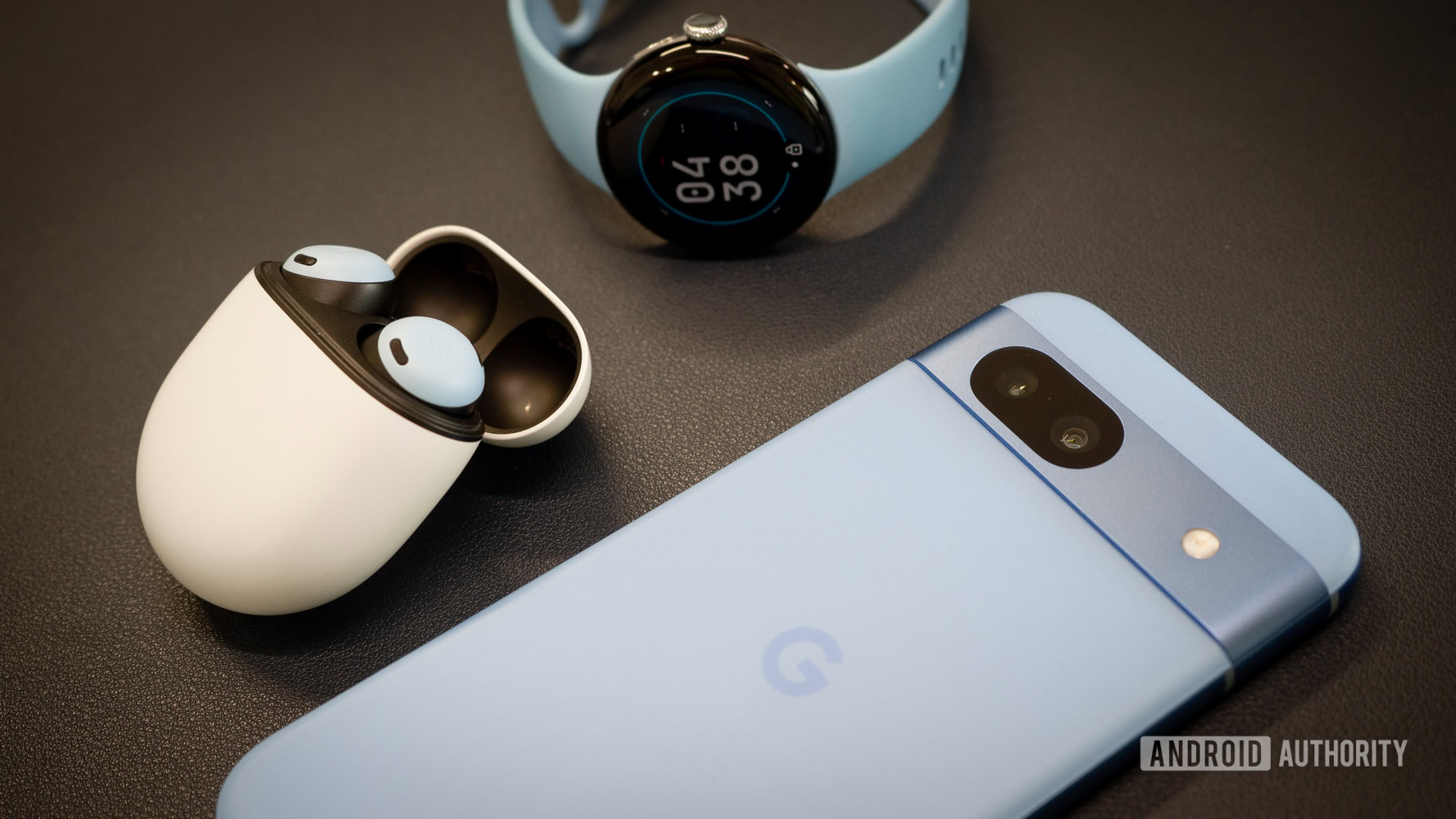
It’s early days, but based on our initial testing and my own brief experience with the Pixel 8a, it looks like Google has managed to squeeze a little more battery life out of its latest budget Pixel. The cell itself has increased in size by up to 100mAh, which takes it to just under 5,000mAh. Between this and the Tensor G3 optimizations, I’ve found it can easily end a busy day with about 10% battery left.
Tensor G3
Speaking of the Tensor G3, this is the same chip that is inside the Pixel 8 and the Pixel 8 Pro. This means it gets a lot of the same AI-centric features like Circle to Search, Call Assist, and Magic Editor, and it will also get Gemini Nano support with a future Pixel update so it can perform AI tasks on the device locally. With a solid chip on board, on-device AI, and the promise of software support, including Feature Drops, for seven years, there’s a good chance that this $499 phone will still be getting some of the latest and greatest features from Google in 2030.
Class 3 Face Unlock
One thing that I was really hoping for with the Pixel 8a was improved Face Unlock, as we saw with the Pixel 8 and the Pixel 8 Pro, and that’s exactly what we’ve got. With Class 3 Face Unlock you can now use the Pixel 8a for biometrics to unlock apps such as banking. Overall, it is just a better, faster, more secure version of what we had on the Pixel 7a.
What I don’t like: No significant camera upgrades
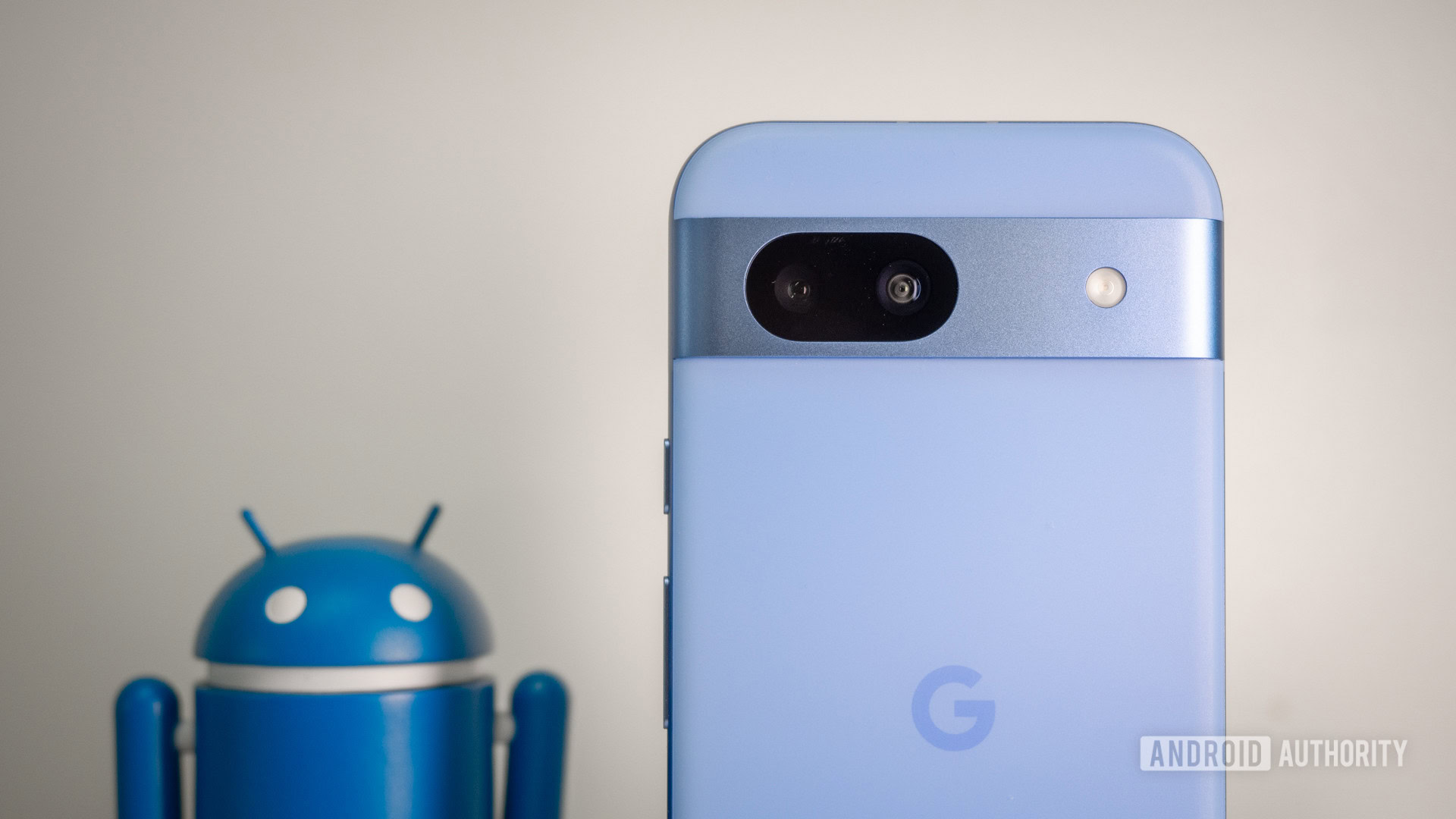
Maybe it’s just me when it comes to the cameras on the Pixel 8a, but I’m a bit disappointed to see Google using the cameras from the Pixel 7a. It’s certainly not a disappointment in terms of quality, and it’s still far and away the best budget camera phone, but maybe I was hoping for just a little bit of an upgrade in how the cameras perform year on year when the Pixel 8 is priced so close and has a superior photography suite. You still get great dynamic range, the highlights and lowlights are fantastic, and the pictures are really accurate to real life, as you expect with any Google Pixel phone. The video is also really crisp at 4K/60fps, with impressive stabilization, too.
Slow charging
The battery life might be great, but the Pixel 8a’s charging is still atrocious. 18W wired charging is the same as the Pixel 7a, but last year’s model was already slow compared to the competition. Even slower is the snail’s pace of 7.5W wireless charging. It’s there, it’s nice that we have it on a budget phone, but considering how long it takes to charge, you’ll want to just plug it in.
Price (and the Pixel 8)
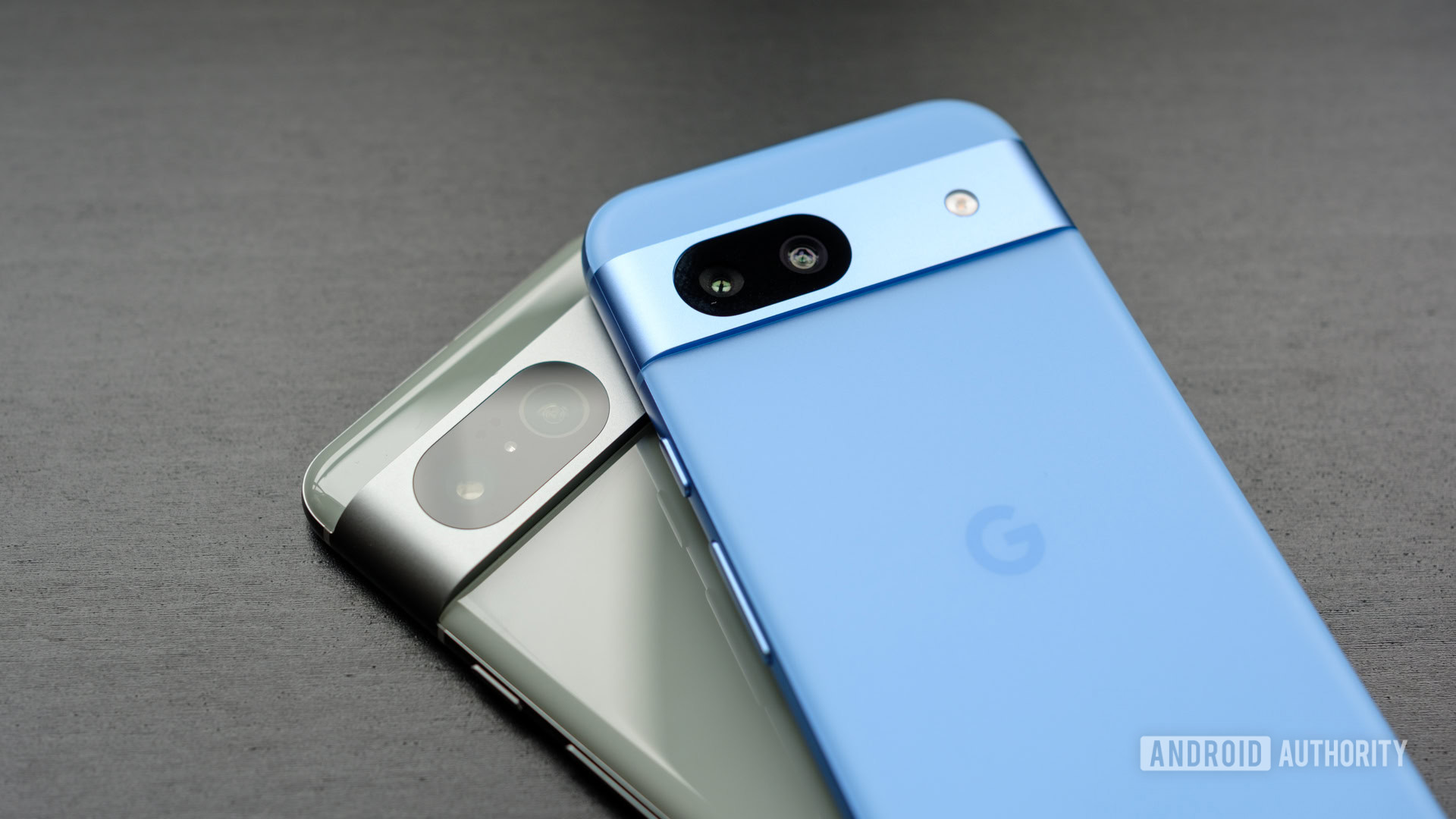
For all the good that the Pixel 8a does, Google has a pricing dilemma that makes it a strangely difficult sell. For $499, it’s incredibly close to the price of the Pixel 8, especially when it goes on sale from its MSRP of $699 to as low as $549, as we’ve seen in recent months.
Would you rather buy the Pixel 8 instead of the Pixel 8a?
If the Pixel 8a was maybe $399 and not $499, then it would be an absolute no-brainer regardless of sale price, and you could go out and get this and be really happy with what you get. It would wipe the floor with any other phone in the budget space, but at this point you’re better off waiting for a decent discount on the Pixel 8 and enjoying the superior charging, cameras, and even more.
Google Pixel 8a first impressions: The verdict
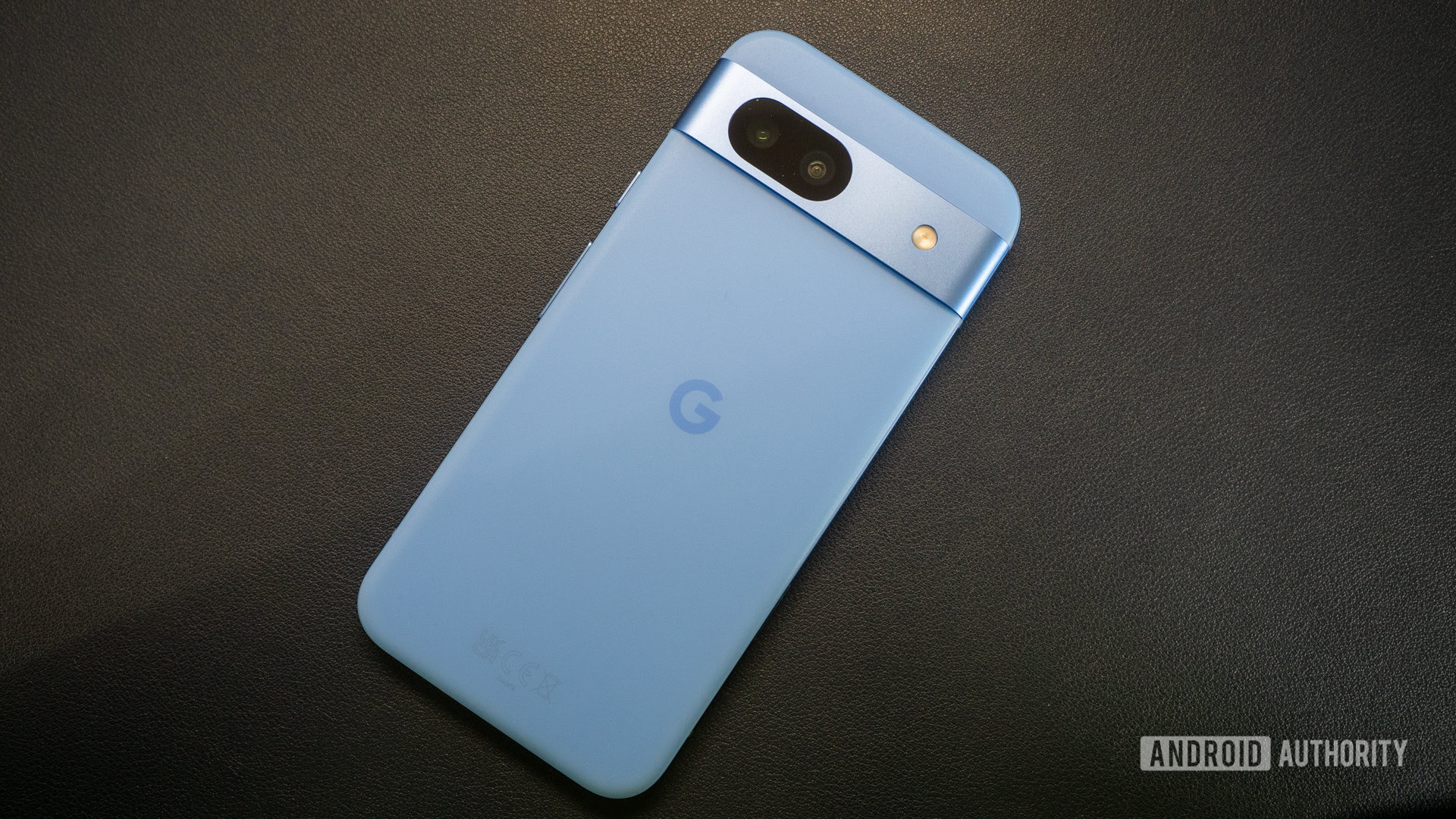
The Pixel 8 dilemma aside, there’s no doubting that the Pixel 8a is a really nice upgrade if you look at it going from a Pixel 7a or older. With seven years of security updates and OS updates, and Gemini Nano coming with a future update, it’s far more future-proofed than any Pixel A series phone to date.

